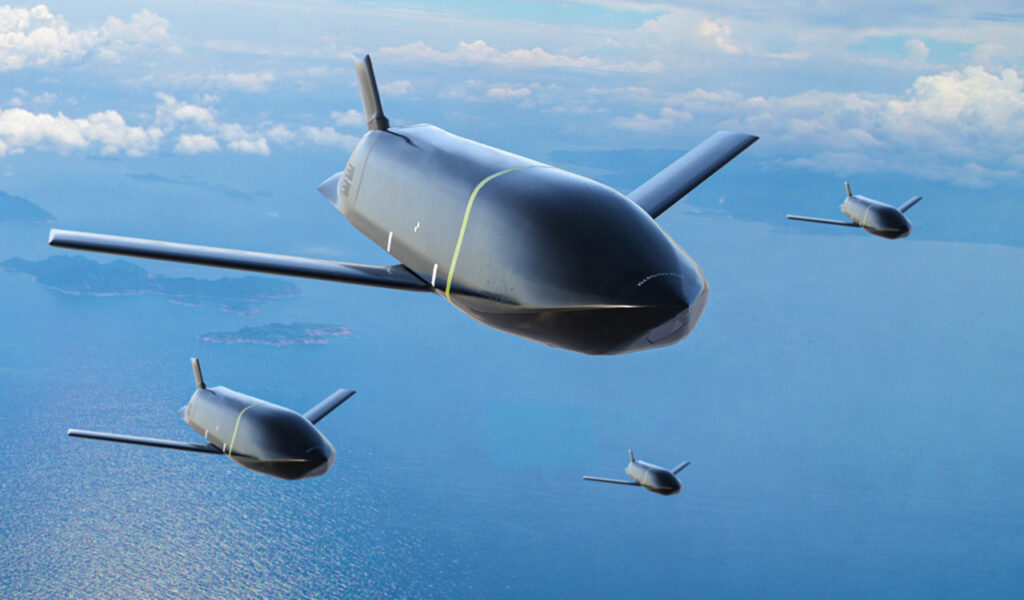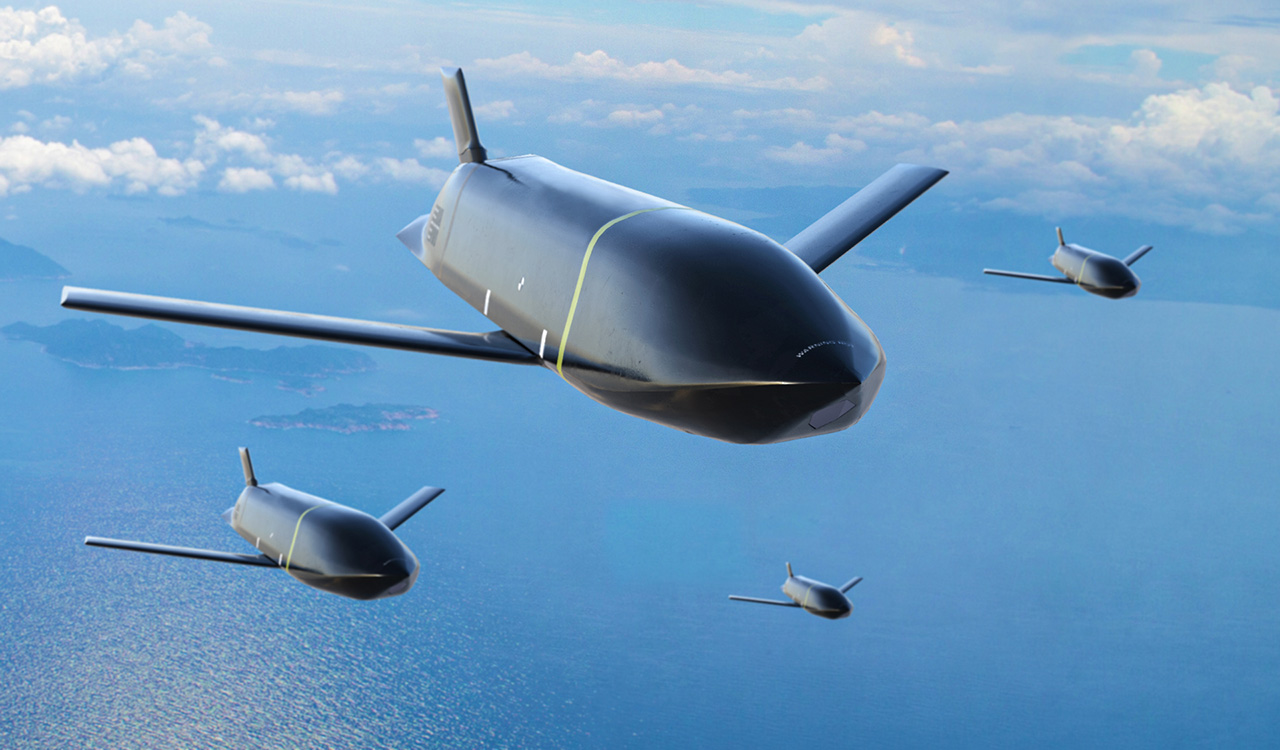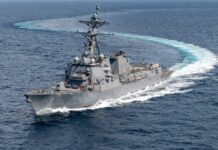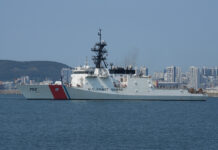The US Navy, in partnership with Lockheed Martin, has successfully conducted a Long-Range Anti-Ship Missile (LRASM) flight test with four missiles simultaneously in flight, Lockheed Martin announced on 3 April 2024.
During the 12th Integrated Test Event (ITE-12), the date of which was not disclosed, the US Navy “was able to demonstrate the weapon’s inherent high-end lethality from mission planning through kill chain integration and its effects on the target”, Lockheed Martin stated in a press release. All mission objectives were reportedly met during the test, “reinforcing high confidence in the weapon’s capabilities and superior firepower” Lockheed Martin added.
“We have continued to invest in the design and development of LRASM’s anti-surface warfare capabilities to ensure that warfighters have the 21st century security solutions they need to complete their missions and come home safely,” Lisbeth Vogelpohl, LRASM programme director at Lockheed Martin Missiles and Fire Control, was quoted as saying in a company press release. “This event was a testament to our commitment to deliver reliable products that work each and every time, ensuring those who serve stay ahead of ready.”
ITE-12 was the next ‘big-step’ in LRASM’s evolution. The test was a graduation exercise for the missiles’ latest configuration and lays the foundation for increased capabilities to come.
As a member of the AGM-158 family of cruise missiles, the AGM-158C LRASM is designed to deliver long-range, highly survivable and lethal capability against highly defended surface combatants that no other weapon in the inventory can provide.
Lockheed Martin was awarded a contract by the US Defense Advanced Research Projects Agency (DARPA) in June 2009 for a two-phase LRASM demonstration programme. The first flight test of an LRASM, launched from a B-1B strategic bomber, took place on 27 August 2013.
The US Navy was authorized by the Pentagon to put the LRASM into limited production as an operational weapon in February 2014 and it achieved an initial operational capability in December 2018.
The LRASM is currently operational on the US Air Force’s B-1B and the US Navy’s F/A-18E/F Super Hornet, while Australia ordered the weapon for its Super Hornets in early 2022.














